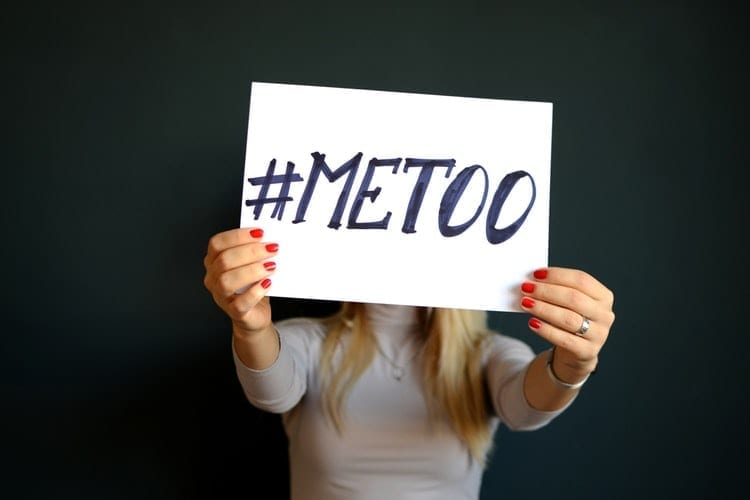Sexual harassment is usually remedied in a civil action, but sexual assault, where unwanted sexual contact using force, coercion, or incapacitation occurs is a criminal offense.
Gender, age, sexual orientation, and race can play a part in the likelihood that an individual will experience some type of workplace sexual harassment. Occurrences may have a direct correlation to whether or not a company is male, or female dominated. Sexual harassment is not only a personal attack on an individual, but it also creates negative impacts to the health, productivity, and career goals of workers. Legal costs associated with sexual harassment can break a company and destroy its public image.
“Sexual Harassment” what is it?
Cornell scholars in 1975 identified a negative workplace trend from employers against women at that time, presently known as “sexual harassment.” Subsequently, Attorney Catharine MacKinnon built a case for legal claims under Title VII of the Civil Rights Act, as workplace discrimination, giving women an avenue to sue for damages under the law, and applies to both sexes in current legal claims. Anita Hill testified against Clarence Thomas for his discussions of sex, bestiality, and pornography when she worked with him, leading to an increase in sexual-harassment complaints filed with the Equal Employment Opportunity Commission that resulted in positive court settlements to victims. Recent efforts to address the many decades that workers have been plagued by sexual harassment are showcased in the 2020 Supreme Court of the United States ruling in favor of gay, lesbian, and transgender employee rights from discrimination, based on sex under the Civil Rights Act of 1964.
Law
The law addresses sexual harassment in the form of unwelcome sexual advances, requests for sexual favors and other verbal, or physical conduct of a sexual nature through:
- Quid Pro Quo. Authoritative figures/bosses in the workplace demand, or require sexual acts for preferential treatment, or to avoid punitive action – employment decisions made because an individual has submitted to, or rejected the negative behaviors.
- Hostile Work Environment. A boss or employer does not remedy a work environment where sexually inappropriate behavior is present affecting work performance and creating intimidating, hostile and abusive work environments.
Sexual harassment violates Title VII of the Civil Rights Act of 1964 and applies to employers with 15 or more employees, including state and local governments. It also applies to employment agencies, labor organizations, and the federal government. If there is some reason that a victim is not protected under Title VII language, a civil rights, personal injury, or employment law attorney may be able to offer another means toward compensation when sexual harassment causes harm and damage to an employee. Sexual harassment is usually remedied in a civil action, but sexual assault, where unwanted sexual contact using force, coercion, or incapacitation occurs is a criminal offense.
Identify sexual harassment

Unwelcome sexual advances, requests for sexual favors, and other verbal or physical conduct of a sexual nature constitutes sexual harassment, when this conduct explicitly or implicitly affects an individual’s employment, unreasonably interferes with an individual’s work performance, or creates an intimidating, hostile, or offensive work environment. Sexual harassment is situational and can occur in many circumstances including :
- Those where either victim or harasser may be of either sex, but not necessarily the opposite sex.
- Harassers are often a victim’s supervisor, employer’s agent, a supervisor from a different department, co-workers or people who are not employed, but are present in the work area.
- Anyone negatively affected by offensive sexual harassment conduct can act against it.
- Unlawful sexual harassment can occur without impact to finances, or firing of a victim.
- The harasser’s conduct must be unwelcome.
Valid claims
Sexual harassment claims are only valid if the sexual behavior exhibited is unwelcome, and it can affect both men and women in the workplace, without relevance to positions held at a place of employment. Sexual harassment is illegal when it is so frequent, or severe that it creates a hostile or offensive work environment, or when it results in an adverse employment decision, such as a victim being fired, transferred, or demoted.
Legal recourse
Victims of sexual harassment have legal options against sexual harassment, and seeking legal counsel is the first thing a victim should do after reporting the abuse through the proper channels at a place of employment, or at school, or wherever the incident took place; if there are procedural guidelines set up that must be followed.
Sources:
https://www.justice.gov/crt/fcs/TitleVI-Overview
https://metoomvmt.org/about/#history
https://www.justice.gov/crt/fcs/TitleVI-Overview
https://www.eeoc.gov/statutes/title-vii-civil-rights-act-1964
https://www.eeoc.gov/statutes/age-discrimination-employment-act-1967


Join the conversation!